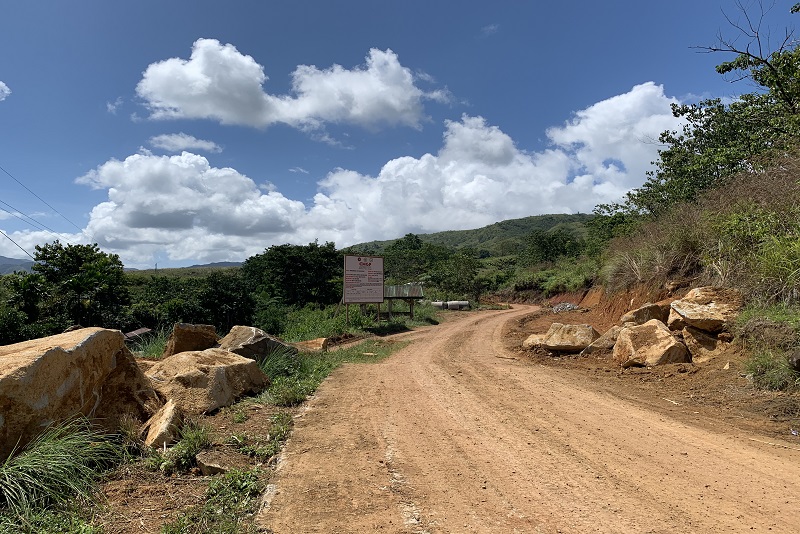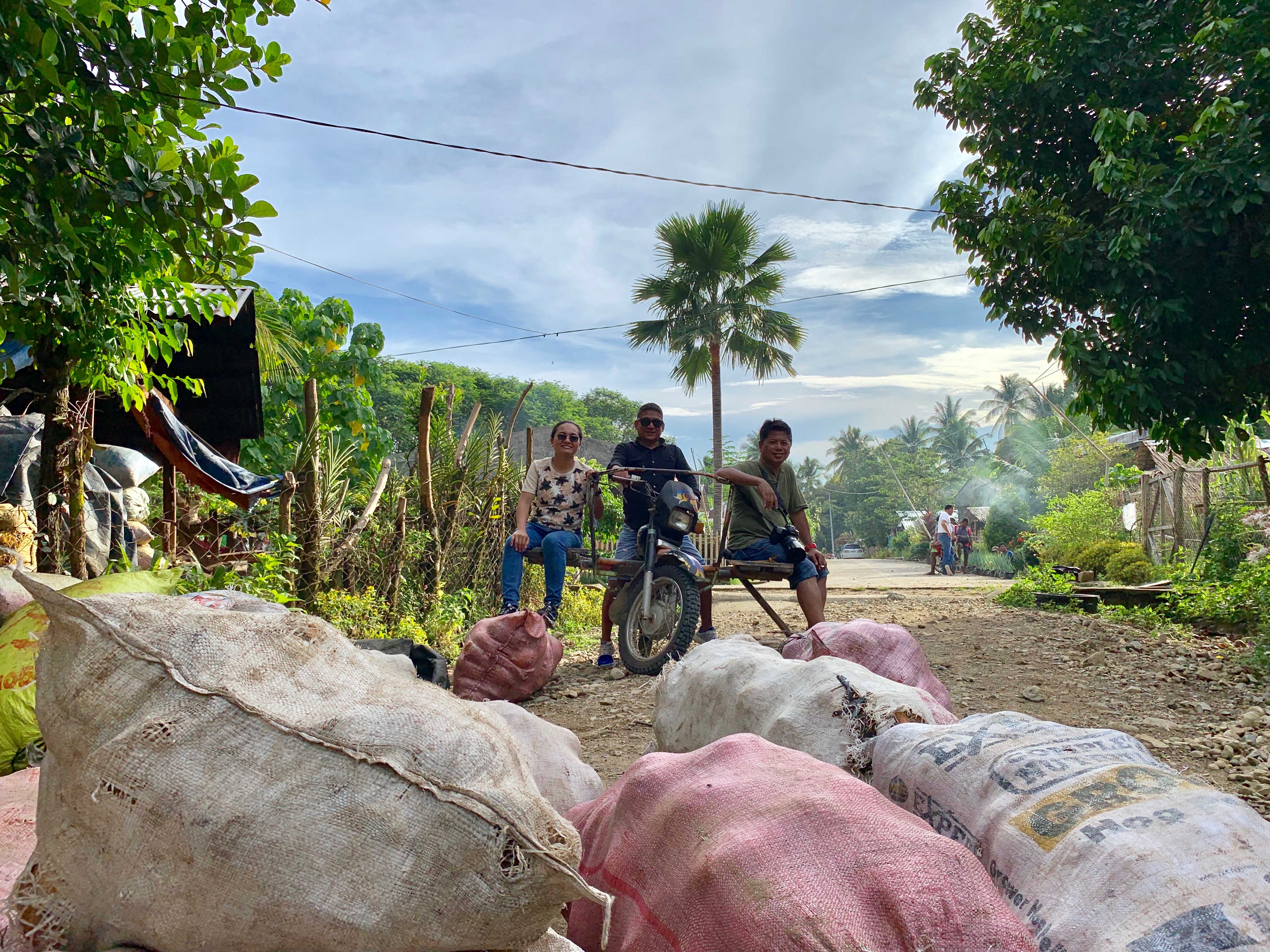Far-flung communities in provinces across the Philippines often face issues on infrastructure such as lack of access to better roads that connect them to hospitals, local markets and other public facilities. According to the Department of the Interior and Local Government (DILG), only 24.6% of provincial roads in the Philippines are of acceptable quality.
In an effort to support the governance reform to achieve sustainable development goals, the United Nations Development Programme (UNDP) in partnership with DILG launched the project “Paving the Roads to the SDGs through Good Local Governance (Roads2SDGs)”.
The Road to SDGs framework integrates the elements of partnership building, climate change and disaster risk reduction, gender mainstreaming, and citizen participation for transparency and accountability to help achieve sustainable development goals such as no poverty and zero hunger (SDG 1 and 2), good health and wellbeing, quality education and decent work (SDG 3, 4 and 8), sustainable cities and communities, peace and justice, and partnerships (SDG 11, 16 and 17).
UNDP has partnered with ASSIST Creative Lab (ACL) to develop communication materials that will feature advocacies, success stories, and best practices from the Roads2SDGs project. The partnership will produce 4 quarterly magazines which feature stories from various provinces that emphasize the groundbreaking impacts, including positive and negative consequences of the road projects, 8 instructional videos on construction guidelines as set by the Department of Public Works and Highways (DPWH) and 4 documentary videos that highlight selected stories from the magazines.
The first issue released last June of 2013 featured three provinces that received road widening and rehabilitation projects: Dinagat Islands in Caraga Region, Batad in Iloilo and Kalinga in Cordillera Administrative Region. A total of 1000 copies of the magazine were initially ordered but because of the overwhelming feedback from the stakeholders, the copies were increased to 1,500.


